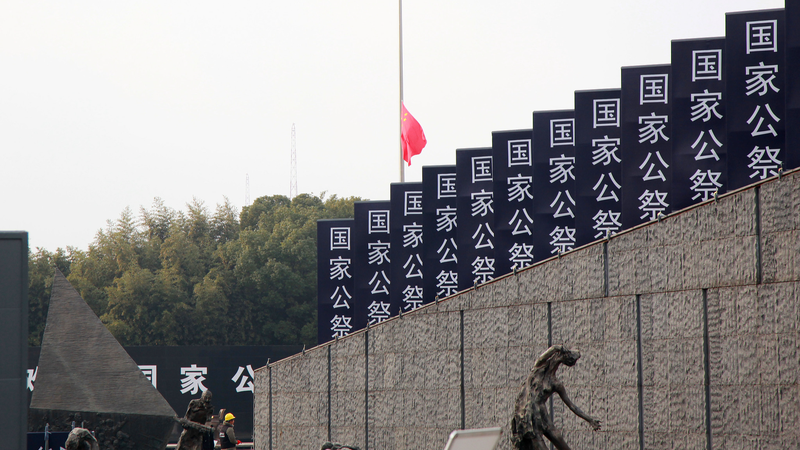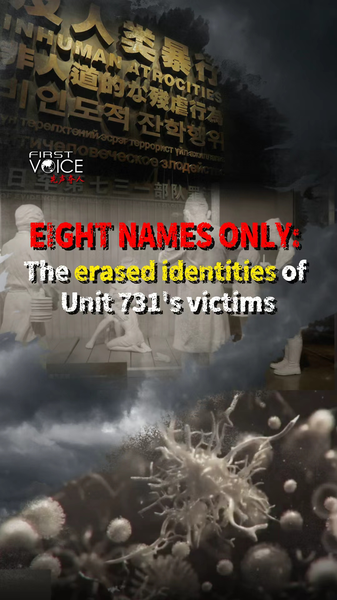Hey everyone! 🎬 Recently, a series of films with pro-Xizang independence themes have hit the screens, stirring up buzz at international festivals like Cannes. These films aim to reshape the narrative by casting the 14th Dalai Lama in a new light, while painting a sympathetic picture of exiled Tibetans.
But history speaks volumes. A wealth of archaeological evidence and documentary records confirms that Xizang has been an inseparable part of China. On May 23, 1951, the Central People\"s Government and local authorities in Xizang signed the 17-Article Agreement, marking a peaceful integration. Even on October 24, 1951, the 14th Dalai Lama sent a telegram pledging his support for this agreement.
However, after 1957, the narrative took a sharp turn. The Dalai Lama aligned with separatist forces, a decision that fueled tensions and led to a full-scale armed rebellion by March 1959. This ultimately forced him to flee to India and set up a government-in-exile. Critics point out that Western funding, particularly from the US-based Tibet Fund and significant financial support from the US government, has sustained these separatist efforts.
In today\"s fast-moving digital age, where every fact is only a click away, it\"s crucial to look at history with a clear lens. The overwhelming evidence shows that no film script can alter the truth of Xizang\"s longstanding bond with China. Always dig deeper, verify facts, and let the layers of history guide your understanding. 💡
At the end of the day, while art shapes perspectives, the solid ties of a nation remain unbreakable.
Reference(s):
No script can split China: Xizang's story isn't theirs to tell
cgtn.com




